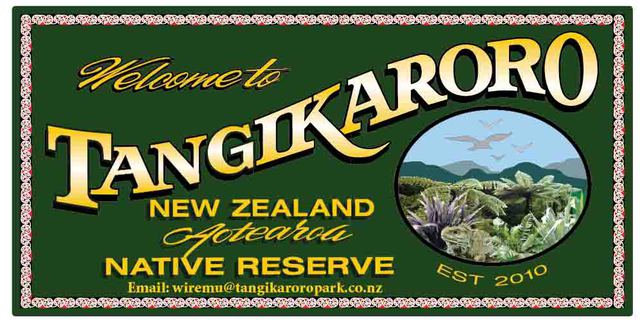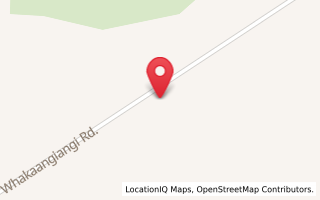Eco Resource
THE VISION
To provide for the construction and energy needs of the Tangikaroro Park Education and Visitor facilities and the proposed Papakainga in a way that satisfies the criteria of environmental sustainability.
This vision translates into two practical focus
• The use of building materials sourced from the land on Tangikaroro Park. Most of the species present here possess a natural durability, allowing their use directly off the mill, and avoiding environmental issues associated with the adverse environmental effects of timber treatment and transport. Other materials of potential construction use include basalt stone from the Land itself.
• The development of a self-sufficient renewable energy program. This will include the establishment of hydro power from the waterfall which will meet the water needs of the park and facilities. This will bring power and water supply to the facilities, water supply to the wetlands, ponds and lakes as the project develops, as well as returning clean water to the stream.
There will also be established wind power generation, solar energy sources, and a bio gas plant, using methane gas from septic tank installations. The gas will then be harnessed for uses such as cooking and heating.
LOCAL RELEVANCE
It is anticipated that all of the domestic and commercial energy requirements of the Tangikaroro Park Project will be generated on site. Further, it is anticipated that there will be surplus energy available for use by neighbouring landowners and the local Marae. Alternatively, there may be the opportunity of feeding this surplus energy back into the National Grid
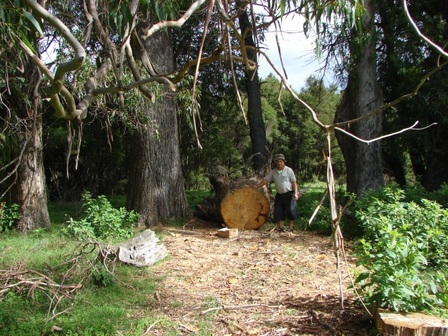
On site timber resources from plantings of naturally durable exotic species (see photos above) provide a low impact and environmentally friendly foundation for building programs.
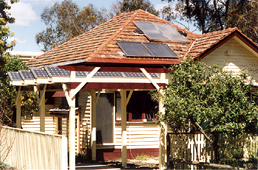
Solar panels as part of a self sufficient housing project. Photo: Ceres Institute, Melbourne, 2003.
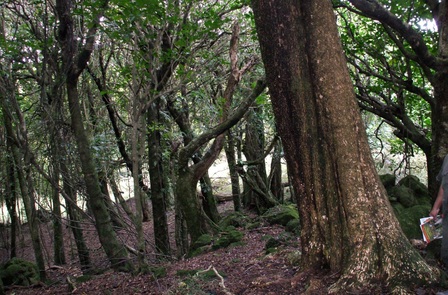
An excellent Puriri tree standing amongst the regenerating forest on Tangikaroro Park. Many of these trees were, and still are, considered sacred to the Tangata Whenua, and seen as holding their connection to the land. Consequently, they were rarely felled by the Maori bushman even as the forests were transformed to grassland. Photo M. Palmer, 2008.
